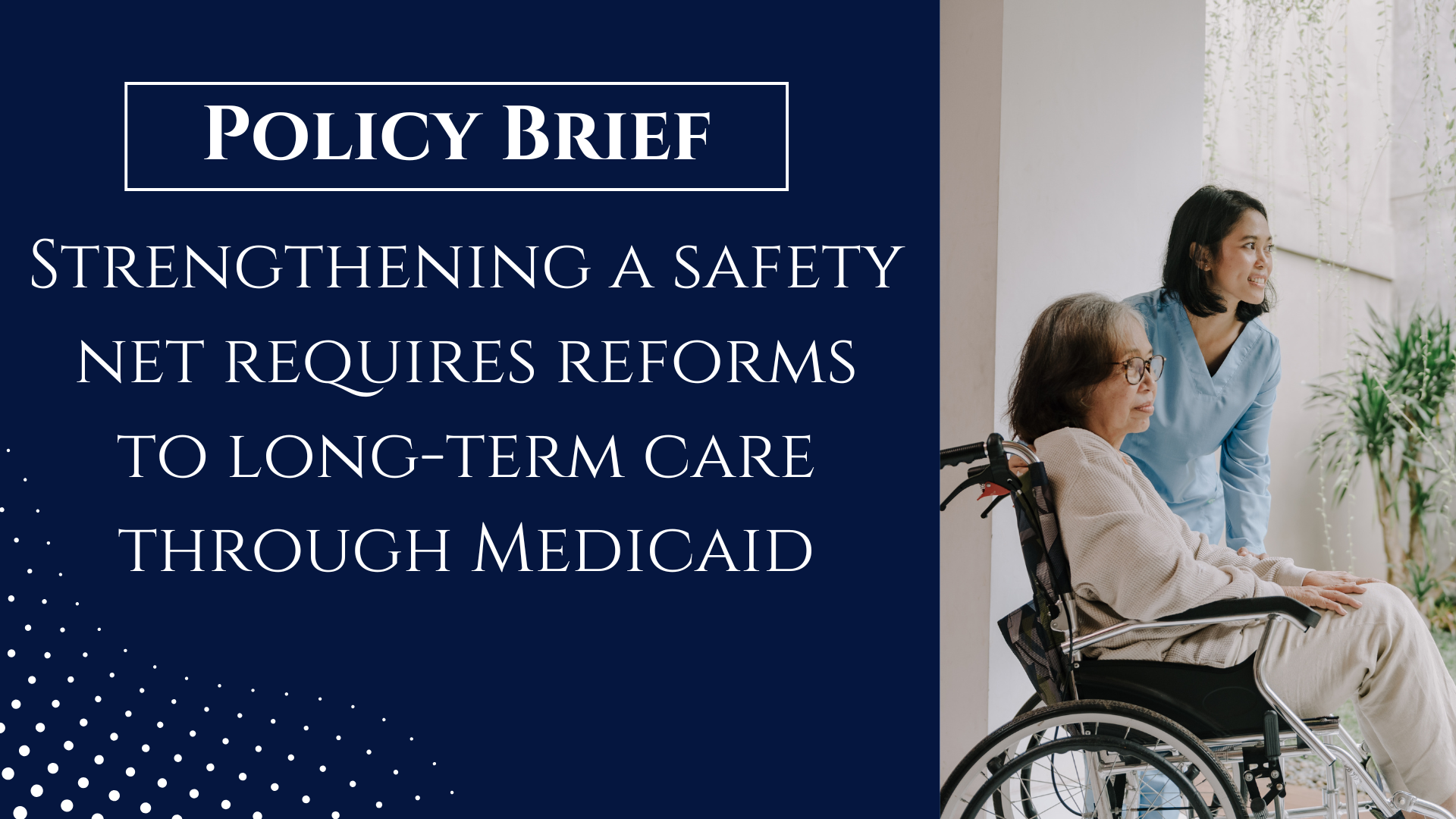Key Takeaways
- Washington state is aging, and an increasing number of people are applying for Medicaid long-term care (LTC) earlier. This will lead to longer durations of use and escalating costs.
- LTC costs consumed 20% of $29.2 billion in Medicaid spending in Washington state in fiscal year 2022.
- Medicaid enrollees who used long-term services and supports comprised 6% of total enrollment but 37% of federal and state spending.
- The WA Cares Fund is unlikely to substantially help reduce Medicaid LTC demand. Given a lifetime benefit of $36,500, high LTC costs and irresponsible state messaging, program recipients will often exhaust the benefit and then seek Medicaid.
- Medicaid is the primary payer for LTC nationally, financing more than half (61%) of the total spending. This reliance on taxpayers is concerning as the population ages and program eligibility remains broadly accessible.
- Eligibility rules let people rearrange assets to appear poor and qualify for taxpayer-funded long-term care, even when they have nearly $1.1 million in home equity.
- Estate recovery helps repay taxpayers after a recipient’s death, supporting program integrity and sustainability, yet Washington recovered only 0.34% of $5 billion in fiscal year 2025.
- To deter gaming and preserve aid for those truly in need, lawmakers should push Congress to extend the five-year asset look-back period to 20 years.
- Medicaid needs to be a safety net — not an inheritance-preservation vehicle — protecting resources for vulnerable Washingtonians.
Introduction
Washingtonians are living longer. More people are — and will end up — using long-term-care services to help them with activities of daily life.
Some people need financial help with long-term care, which state and federal taxpayers generously provide through Medicaid. Other people finance long-term care with private resources and have no need for taxpayer dependency. Many others have savings and investments that could be used for long-term care but instead have taxpayers pay for their long-term care, while protecting money and assets to pass onto their heirs. Inadequate eligibility requirements and low pursual of estate-recovery measures make this easier to do.
Medicaid is the primary payer of long-term care (LTC) services in the nation and Washington state, and LTC funding makes up 20% of Washington state Medicaid spending. Keeping up with the financial demands to come from an increased number of people relying on taxpayers for long-term care requires changes to eligibility requirements and estate recovery measures attached to the safety net.





